By David Enna, Tipswatch.com
The Treasury’s offering of $24 billion in a reopened 5-year TIPS — CUSIP 91282CPH8 — generated a real yield to maturity of 1.433% to strong demand from investors.
The mild October/November inflation report, issued this morning, could have had some influence on this auction. This TIPS trades on the secondary market and earlier in the day it was trading with a real yield of 1.41%. The auction’s 1.433% resulted from its inflation-breakeven rate slipping lower. In addition, the November inflation index will trigger a 0.46% decline in January inflation accruals, so a higher real yield was justified.
The bid-to-cover ratio of 2.62 was solid, and the auction’s real yield ended up lower than the “when-issued” prediction of 1.4409%. All of that is an indication of positive investor demand.
Definition: The “real yield to maturity” of a TIPS is its yield above official future U.S. inflation, over the term of the TIPS. So a real yield of 1.433% means an investment in this TIPS would provide a return that exceeds U.S. inflation by 1.433% for its remaining term of 4 years, 10 months.
The 5-year real yield has been sliding lower over the last two years as the Federal Reserve signaled future cuts in short-term interest rates. But it has been rising recently, as shown in this chart:
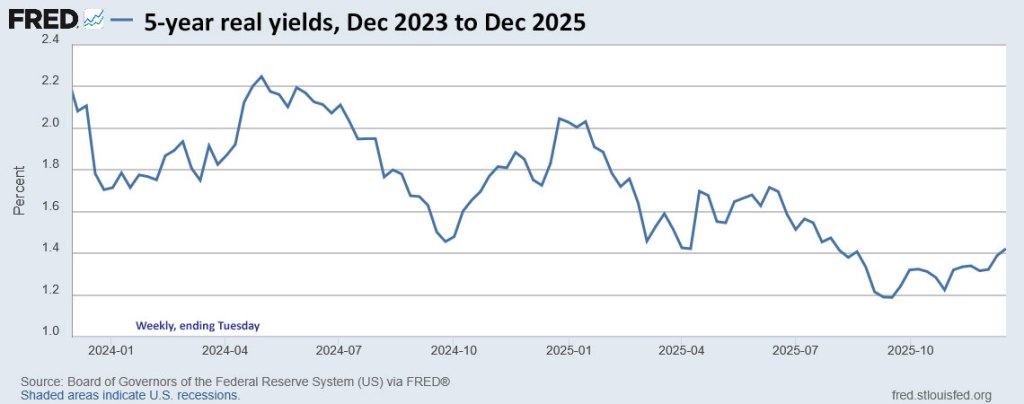
Pricing
The auction’s unadjusted price was 98.578423, at a discount because the real yield was higher than the existing coupon rate of 1.125%. In addition, this TIPS will have an inflation index of 1.00653 on the settlement date of Dec. 31. With that information, we can calculate the cost of a $10,000 par value investment:
- Par value. $10,000.
- Principal purchased as of settlement date. $10,000 x 1.00653 = $10,065.30.
- Cost of investment. $10,065.30 x 0.98578423 = $9,922.21.
- + accrued interest of $23.95.
In summary, an investor purchasing $10,000 par value at this auction paid $9,922.21 for $10,065.30 of principal on the settlement date of Dec. 31. From then on, the investor will earn accruals matching future inflation plus an annual coupon rate of 1.125% paid on adjusted principal. The accrued interest will be returned at the first coupon payment on April 15.
Inflation breakeven rate
At the auction’s close, the 5-year Treasury note was trading with a nominal yield of 3.68%, which creates an inflation-breakeven rate of 2.25% for this TIPS, below recent trends. This means the TIPS will out-perform the nominal Treasury if inflation averages more than 2.25% over the next 4 years, 10 months. (Inflation over the last five years has averaged 4.5%.)
Here is the trend in the 5-year inflation breakeven rate over the last two years. Note that today’s result of 2.25% fell a bit below recent trends. The data for this chart was through Tuesday:
Thoughts
Despite the disruption of the very confusing November inflation report, this auction seemed to go off without a hitch. The resulting real yield of 1.433% was a bit higher than looked likely earlier in the week. Investors did fine.
This is the last TIPS auction of 2025. Next up is a new 10-year TIPS to be auctioned January 22, 2026. This will be the first TIPS in history to mature in 2036.
Here are results of recent TIPS auctions in the 4- to 5-year term. Note that just four years ago, a similar December reopening got a real yield of -1.508%. Things have changed for the better for TIPS investors:
• Confused by TIPS? Read my Q&A on TIPS
• TIPS in depth: Understand the language
• TIPS on the secondary market: Things to consider
• TIPS investor: Don’t over-think the threat of deflation
• Upcoming schedule of TIPS auctions
—————————

Donate? This site is free and I plan to keep it that way. Some readers have suggested having a way to contribute. I would welcome donations. Any amount, or skip it, your choice. This is completely optional.
—————————
Follow Tipswatch on X for updates on daily Treasury auctions and real yield trends (when I am not traveling).
Feel free to post comments or questions below. If it is your first-ever comment, it will have to wait for moderation. After that, your comments will automatically appear. Please stay on topic and avoid political tirades. NOTE: Comment threads can only be three responses deep. If you see that you cannot respond, create a new comment and reference the topic.
David Enna is a financial journalist, not a financial adviser. He is not selling or profiting from any investment discussed. I Bonds and TIPS are not “get rich” investments; they are best used for capital preservation and inflation protection. They can be purchased through the Treasury or other providers without fees, commissions or carrying charges. Please do your own research before investing.

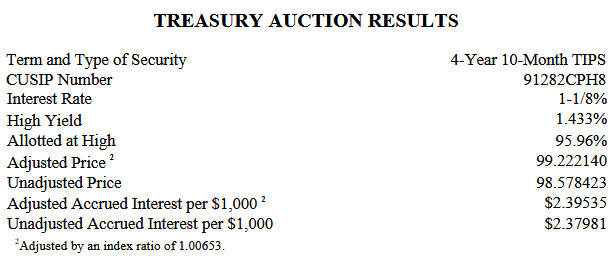
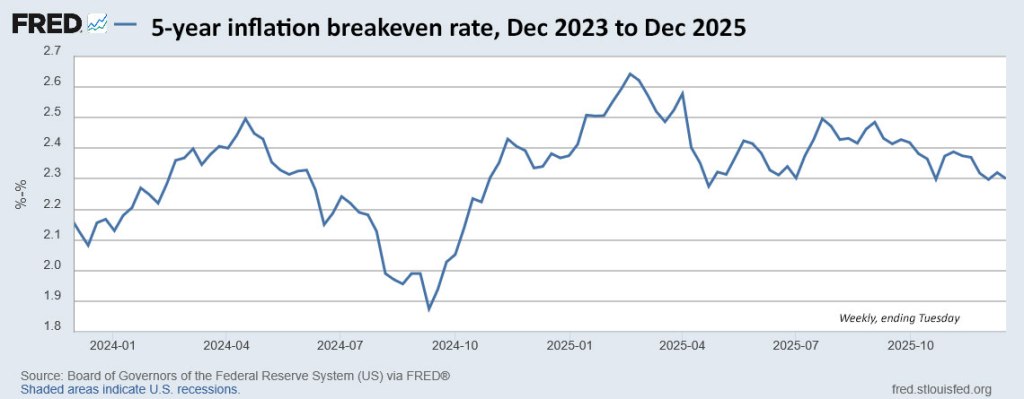
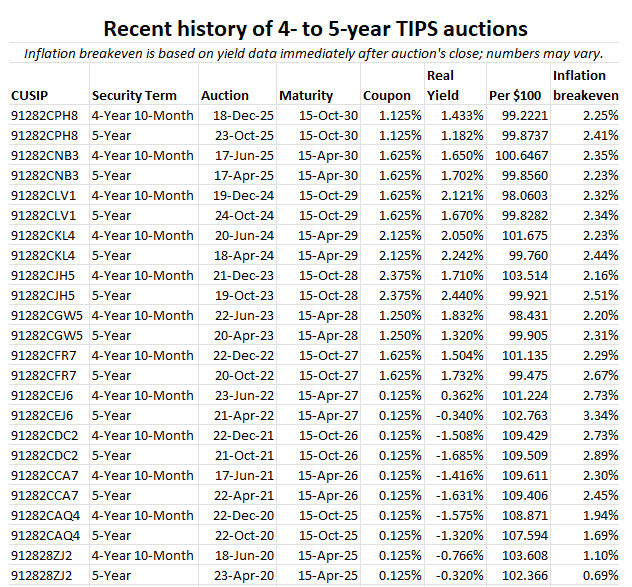
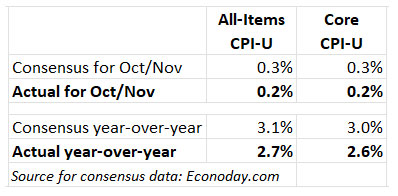
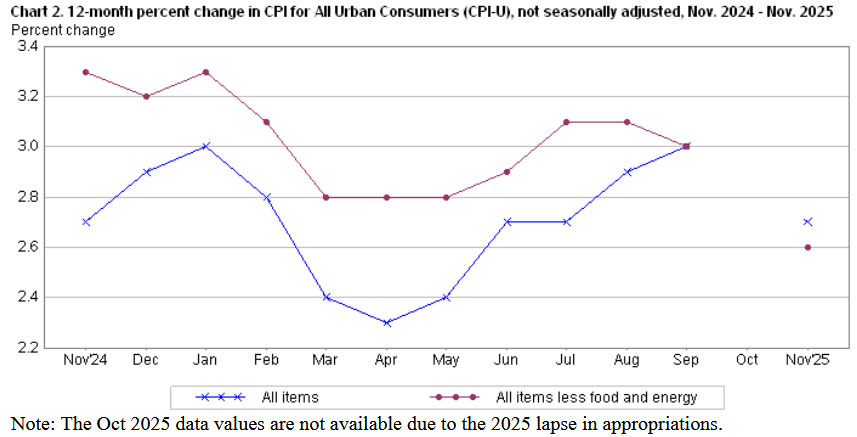
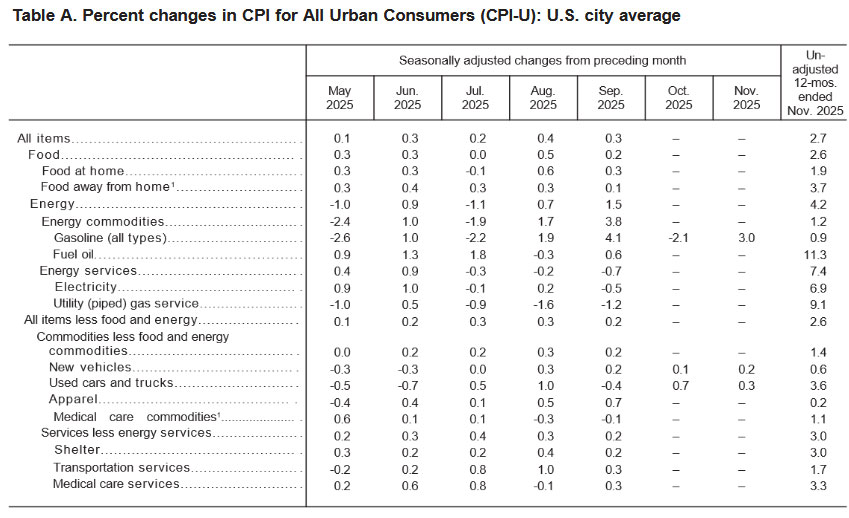
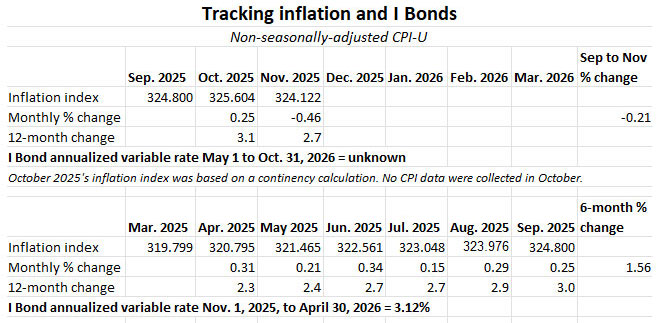
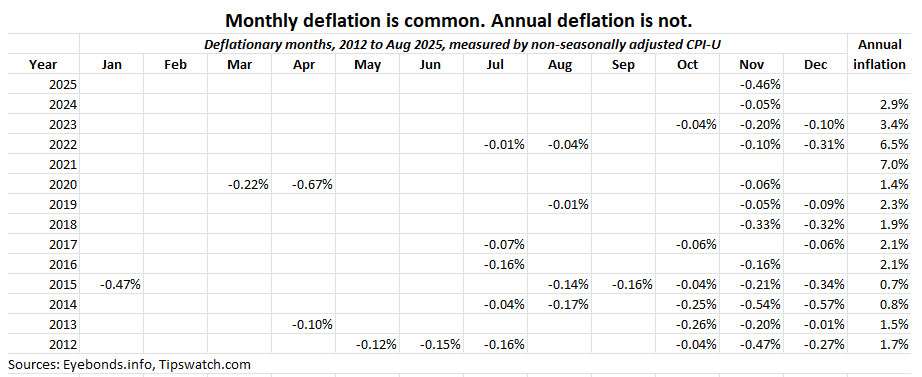
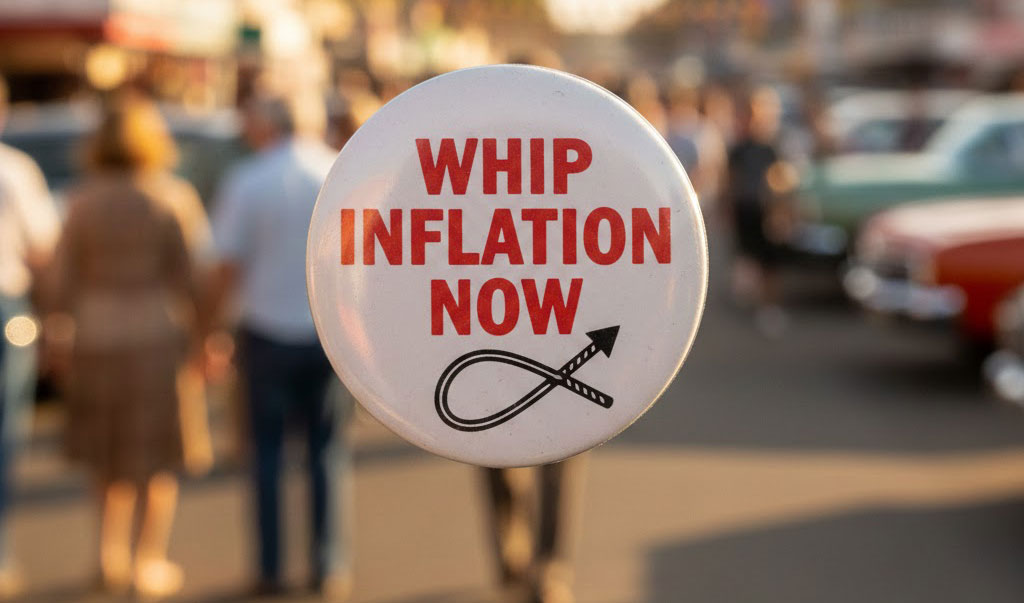
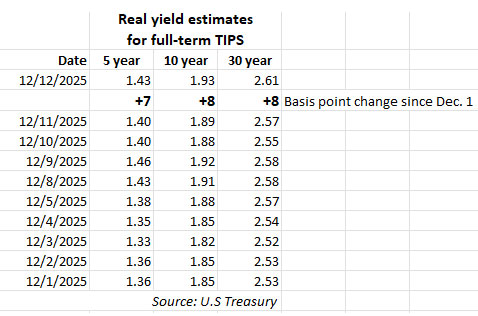
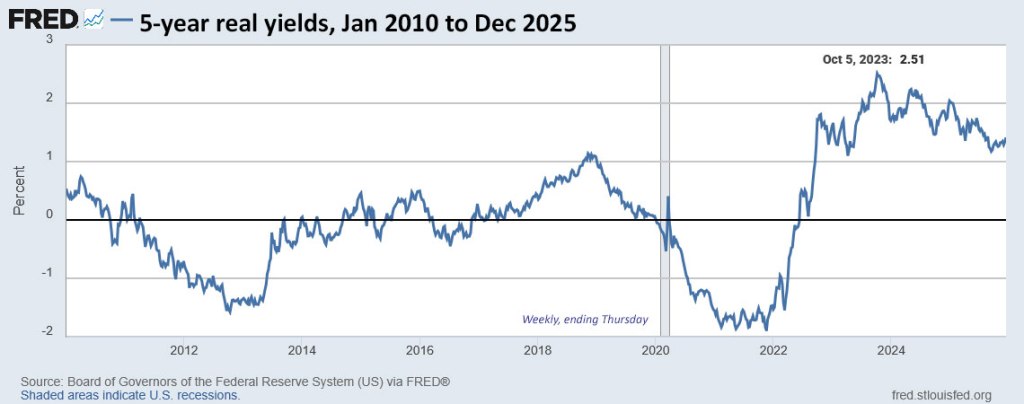
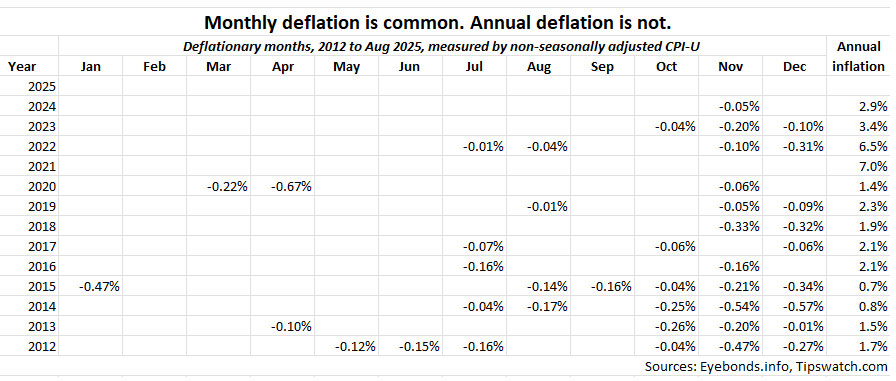
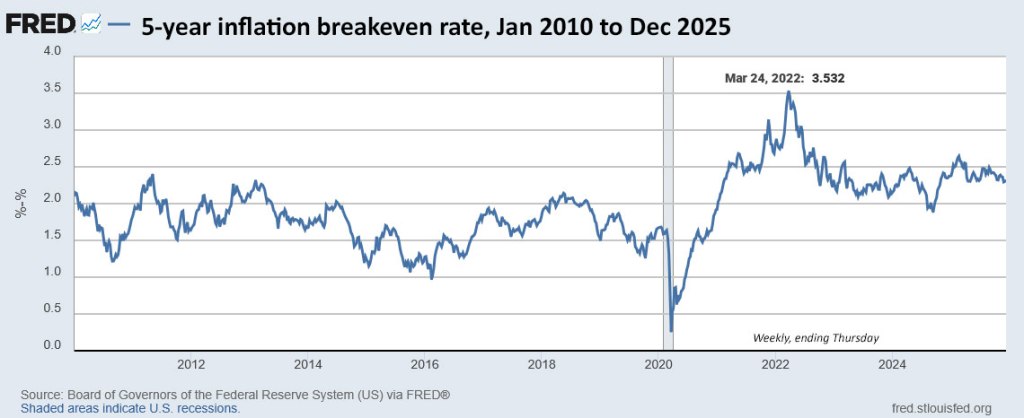
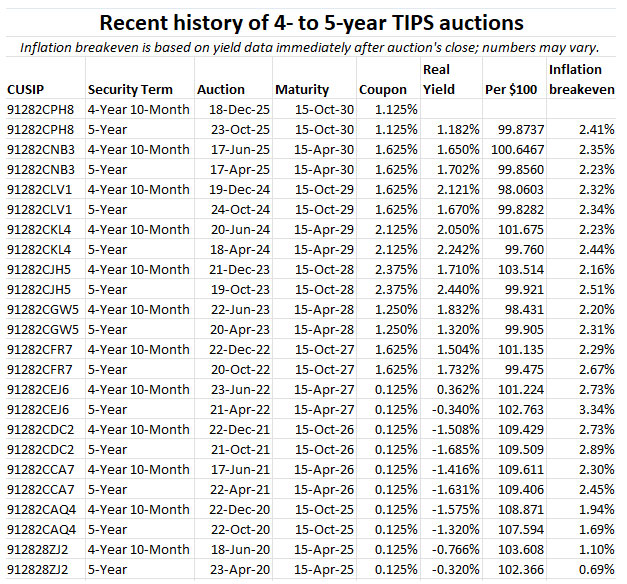

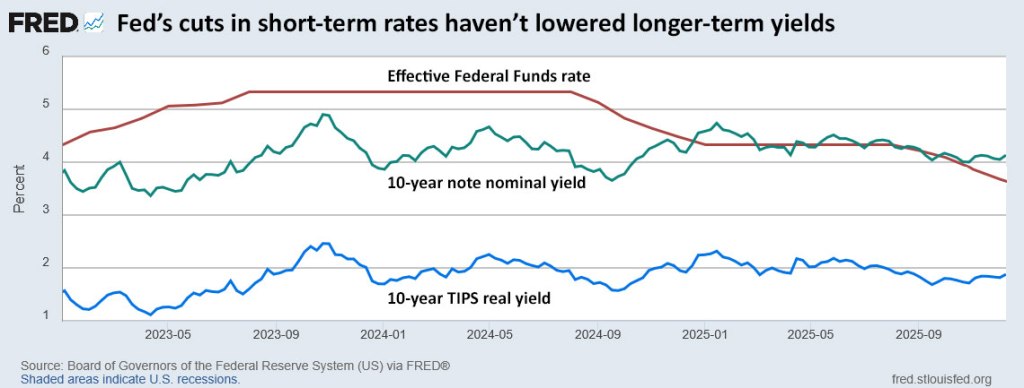
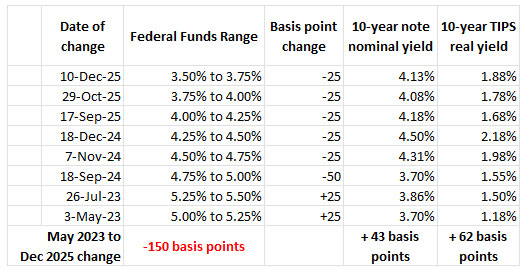

On Schwab, I try to either take a screenshot of the buy order page before I submit the order, or…